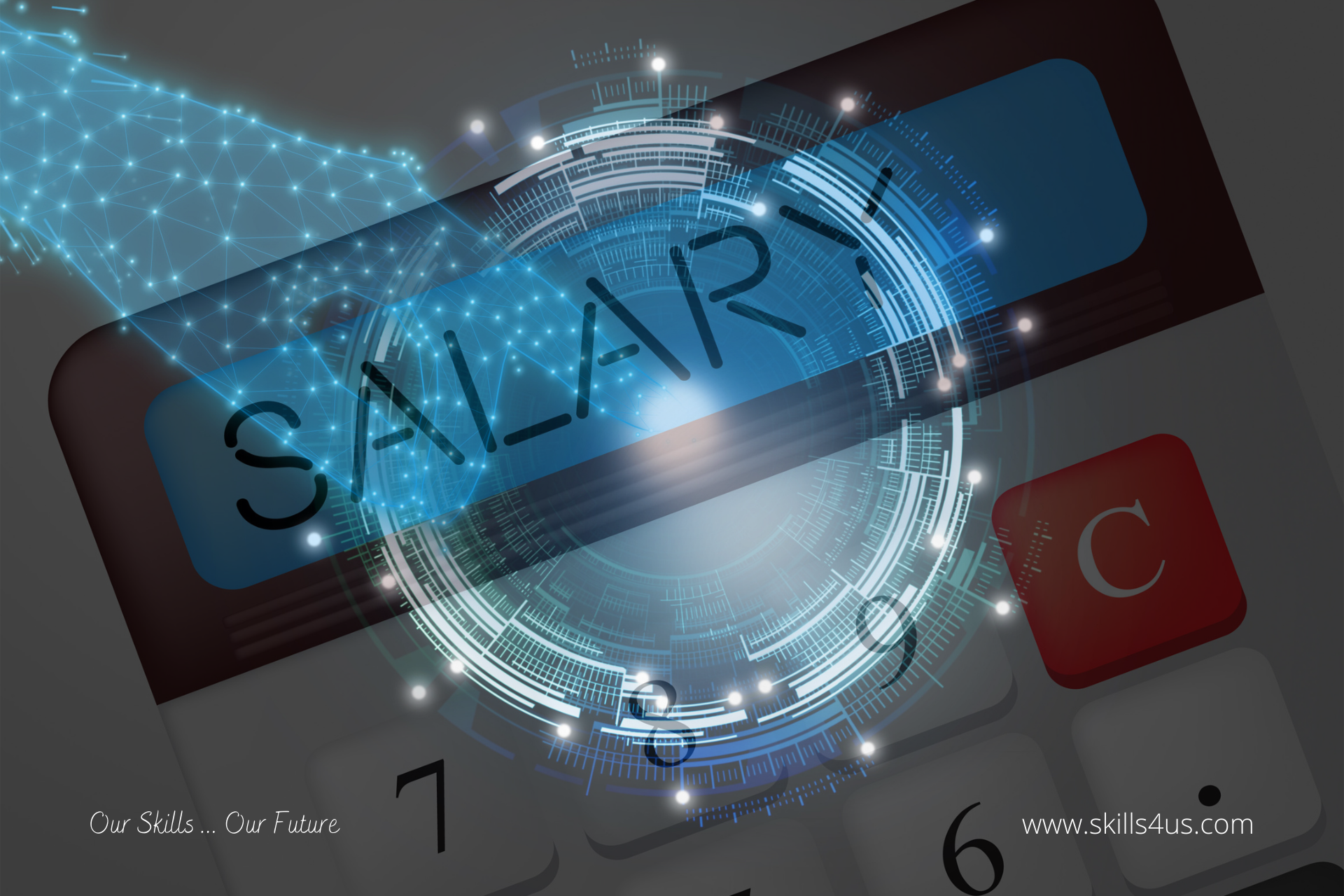Keeping the payroll administration process on track is very complex because it is highly data-driven. Thus, AI makes payroll management more robust and transparent. And deals efficiently with it, leaving no room for errors that occur due to the participation and efforts of humans.
In the traditional HRM system, many problems arise due to mismanagement of the payroll administration process. So, the emergence of AI is valuable to organizations struggling for good and effective management of salaries and wages. Because it provides absolute accuracy and timeliness. It characterizes by high efficiency in dealing with and analyzing vast amounts of data in the daily routine by maintaining effective coordination with other aspects related to human resources.
Although intelligent technology like AI is very costly in the beginning, in the long run, this technology can handle many critical business problems without human intervention.
Smart self-service for employees
The Payroll and Wage Administration department is isolated, performing, and processing the salaries and compensation of employees. However, he receives many calls and inquiries daily from all levels of employees in the organization. It consumes most of the time of HR professionals in the department and constitutes a burden and significant pressure on them, leading to errors. In this case, AI applications can efficiently handle the flow of queries and queries without making any mistakes.
Introducing AI-powered chatbots in payroll management can quickly answer most employee calls and inquiries without human involvement. Chatbots can be set up and trained to speak and respond.
Intelligent interaction and response
HR professionals integrate with employee self-service portals to enhance interactions. And improve their level of satisfaction due to timely and accurate responses.
These chatbots can answer important and complex queries by constantly learning, developing, and collecting more data. These intelligent systems can be based on complexity. And can direct employees to relevant HR professionals for faster and easier resolution. Thus, it reduces pressure and workload on HRM. Which can interact more with AI systems and benefit from them in strategic business issues.
Connectivity and integration
Payroll and wages management is a comprehensive, interdependent, and highly integrated process with the functions of other departments. At the same time, it isn’t effortless for traditional systems to integrate all the complexities of interrelationships. And integration of operations and overlapping tasks into a single solution. So, with AI applications, organizations and HR practices can better manage jobs with fewer HRs and few errors.
AI helps organizations resolve differences between jobs to enhance integration and reduce the burden on HR. Payroll management claims and payment releases become fast due to the integration of various functions, which reduces employee dissatisfaction and enhances their experience.
Monitoring and enhancing
Most organizations have biometric systems with many loopholes that allow employees to evade and manipulate their work time, leading to lost productivity, time, and inaccurate compensation calculation. As a solution to this problem, and these fraudulent practices, AI provides various algorithms for monitoring employee activity by strengthening the time and attendance system. It can develop a custom algorithm and procedures to inform managers and supervisors about the presence or absence of an employee at work. Thus, with the help of such intelligent systems, organizations can calculate salaries and wages based on the fact of employees in real-time, which makes the system more robust and transparent.
Achievement and prediction
Thus, the AI will perform accurately and quickly, completing salaries, benefits, rewards, and incentives, checking employee performance levels, work patterns, attendance records, stress levels, and other essential insights for cost and production optimization. At the same time, it can forecast staffing requirements by analyzing internal and external environmental factors such as seasonal demand, turnover, and incoming talent requirements.
Although we must recognize the human touch, AI makes payroll management more robust and transparent. Also it can better understand organizational needs and create a trustworthy, reliable, and engaging employee payroll management system.
